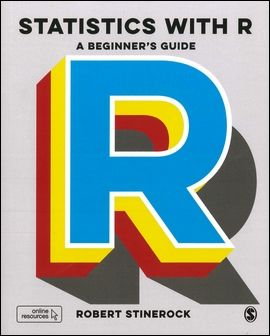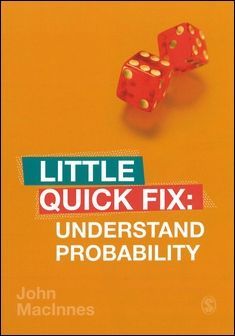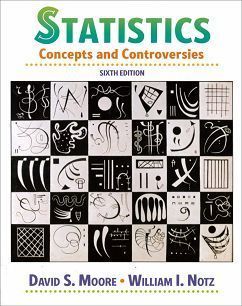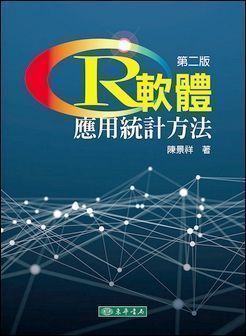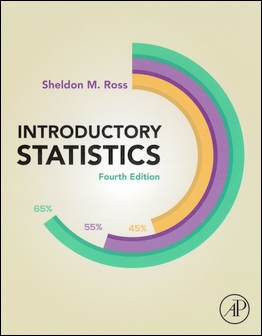書籍分類
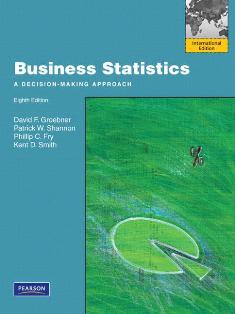
Business Statistics: A Decision - Making Approach 8/e
作者:David F. Groebner, Patrick W. Shannon, Phillip C. Fry, Kent D. Smith
原價:NT$ 1,050
ISBN:9780136113508
版次:8
年份:2011
出版商:Pearson Education
版次:8
年份:2011
出版商:Pearson Education
內容介紹 本書特色 目錄
- Description
Students could have a competitive edge over new graduates and experienced employees if they know how to apply statistical analysis skills to real-world, decision-making problems. To help students achieve this advantage, Business Statistics uses a direct approach that consistently presents concepts and techniques in way that benefits students of all mathematical backgrounds. This text also contains engaging business examples to show the relevance of business statistics in action.



